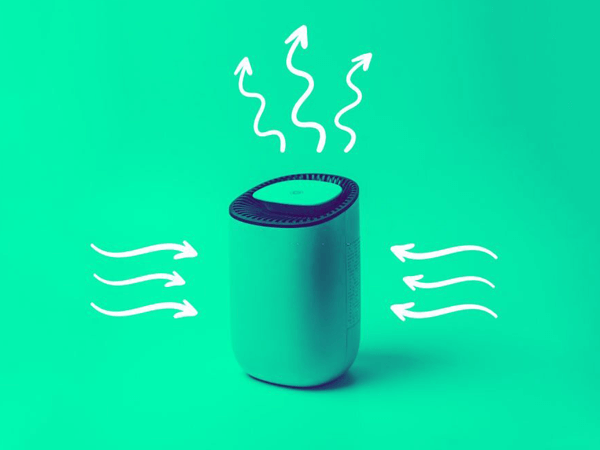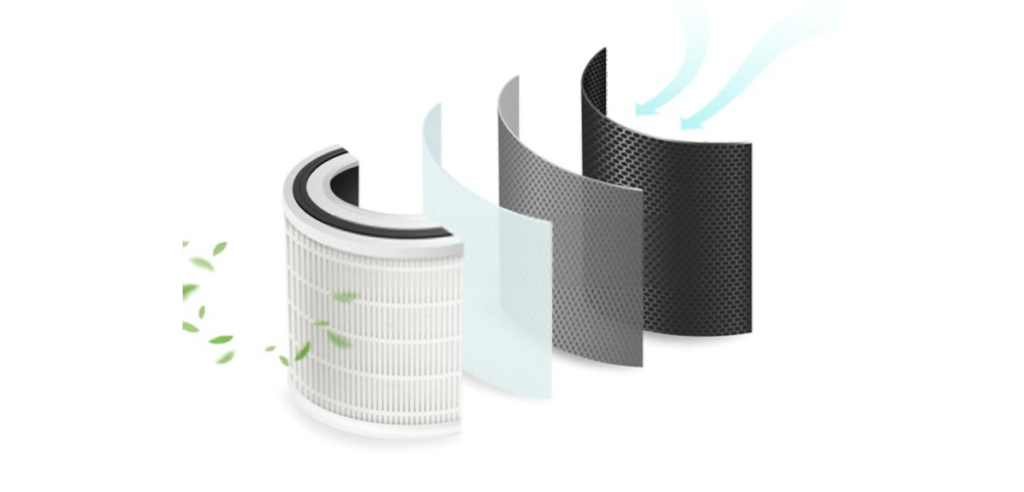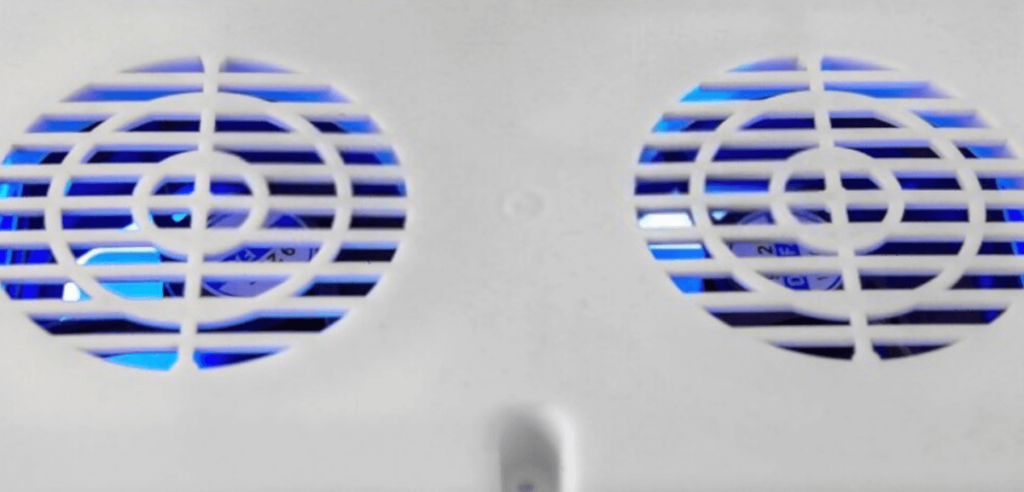Physical Address
304 North Cardinal St.
Dorchester Center, MA 02124
Physical Address
304 North Cardinal St.
Dorchester Center, MA 02124

We hope you love the products we recommend! We may collect a share of sales or other compensation from the links on this page at no extra cost for you. Learn more.
Let’s take a look at how does an air purifier work and what are the stages of purification. The air purifier is a device that cleans the air to disinfect the air and destroy the pollutants in the air around us.
The main purpose of this device is to clean that unpurified air using its technology. It can purify these infected items such as allergens like dust, pet hair, and pollen from trees. Air purifiers can be an element for being healthy due to their benefits. Air purifiers can neutralize many threats around us because of the mechanism that is used for creating the process of air purification. It will help to improve the strength of the air surrounding us when we are inhaling, providing a clear breathing environment.
Nowadays air purifiers are essential for the home due to harmful emissions from vehicles, household chemicals, and machinery. It is important to do to air quality check at home to get an idea of your indoor breathing space. There are different types of air purifiers according to the requirement of the customer. It will be efficient for a defined area when it is installed cleaning the bad air.
An air purifier typically consists of seven stages in the purification cycle these seven stages of purification ensure that any harmful pathogens, or any pollutants that are compromising the cleanliness of air are eliminated. These seven stages of a air purifier are introduced to block and eliminate various types of pollutants according to their behaviour and nature.
An air purifier acts by taking the polluted particles in the air with the help of a fan. The first stage is the beginning of clearing the air. There is a pre-filter to guard the filter stages to ensure smoothness due to the particles penetrating through these filters which may cause problems for the next stage of filtration. This pre-filter is contained in small layers giving the space for the air to move freely.
The filter can be easily cleaned and easily gets rid of pollutants when washed with water. The filter is manufactured to capture germs, dust, small insects, and smoke particles including pet dander and human hair.

The second level of purification begins with an electrically charged filter, this filter functions by creating an electric charge that travels through the wires that are attached to it. Pollutants like dust mites, tiny dust particles, pollen grains, and other irritants are drawn to the washable metal plate by the electromagnetic flux it creates on the surface.
This process is vital as some uncaptured pollutants may still enter through the initial filter therefore the magnetic capabilities of the plate filter will capture these elements. This washable metal plate can be considered a shield for the process of air purification. These filters are beneficial in the long run, this filter is washable and hygienic. These electrostatic air filters are more efficient for dust collection and sterilization flow as well.
Carbon is activated in a granular form and the filter is known as HEGA (High-Efficiency Gas Absorption) filter. This originated from British Army in chemical warfare. Granules of finely ground light charcoal make up this filter.
Here, the charcoal’s ability to absorb is utilized to neutralize issues including smoke, odor, formaldehyde, ammonia, and VOCs. Utilizing the adsorption process, activated carbon is used alongside air purifiers, notably HEPA air filters, to remove airborne contaminants. It is introduced into the air purifier to capture and remove VOCs and gas molecules from the air, which HEPA filters are unable to handle.

HEPA filters are made out of a mat of strategically organized fiberglass. HEPA filters, by definition, remove at least 99.97% of airborne particles with diameters of 0.3 micrometers (m). HEPA filters are essential for preventing the transmission of airborne bacterial and viral pathogens, and thereby illness. HEPA filters are essential for preventing the transmission of airborne bacterial and viral pathogens, and thereby illness.
The presence of UV light on the TiO2 filter causes photocatalytic oxidation (PCO), which results in highly reactive electrons. These highly reactive electrons combine aggressively with other elements in the air, sterilizing bacteria and viruses caught by HEPA, VOCs, harmful pollutants such as formaldehyde, ammonia, and many other common contaminants released by building materials and household cleaners commonly found mostly in homes.
Once combined, the super-charged ion and the pollutant undergo a chemical reaction, essentially “oxidizing” (or burning) the pollutants. This converts the pollutant into harmless carbon dioxide and water molecules, purifying the air.

The built-in UV with a wavelength of 254nm aids in the activation of the Photo-Catalyst Filter and successfully sterilizes all types of bacteria, viruses, and other airborne pathogens. UV has several medicinal uses, particularly for antibacterial and antiviral disinfection. It is frequently used in sterile areas such as hospitals, restaurants, childcare centers, and laboratories.
The efficiency of UV in an air purifier, on the other hand, is determined by the wattage of the light and the duration of exposure to the light. Because UV takes time to destroy germs and viruses, the faster the air moves, the less effective it is. When purifying a big space, a quicker clean air supply rate is required, and UV becomes useless. UV is usually the last stage of purification in an air fryer as it is unable to eliminate cigarette smoke, gases, and chemical fumes.
Negative ions are odorless, tasteless, and invisible molecules that humans breathe in abundance in particular places such as mountains, waterfalls, and beaches.
Negative ions assist to refresh and cleanse the air by attracting and sticking irritants in the air that have either a neutral or a positive charge, such as pollen, mold spores, dust, and animal dander. These clusters of particles then grow heavy enough that AIR PURIFIER can drag them inside, where they can be filtered, rather than remaining in suspension, where they can be breathed in and cause allergic responses. Because there are no fans or motors, ionic purifiers run incredibly silently. They are effective in eliminating second-hand smoke.
An air purifier is an appliance that can be used in a space where breathing clean air can be a challenge. Air purifiers help people with breathing difficulties to make breathing smooth and to avoid any contamination that can harm in air. It also helps in developing a good sleeping routine and provides a healthy breathing environment. If your surroundings have no real threat of air pollution then buying an air purifier may not be ideal. If your surroundings are much busier with vehicles and when you sense a shift in air quality and smell then an air quality check can reveal the quality of the air you breathe and an air purifier might come in handy.